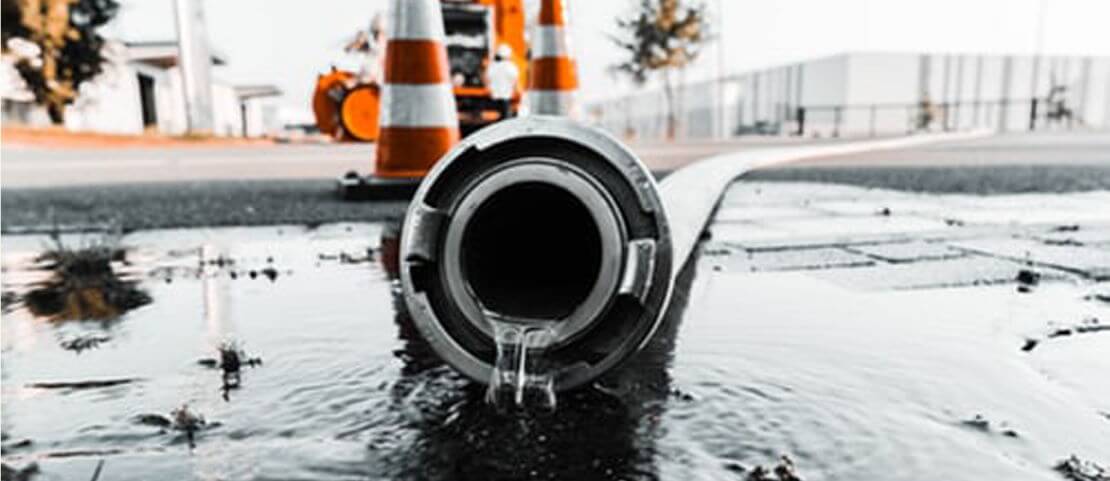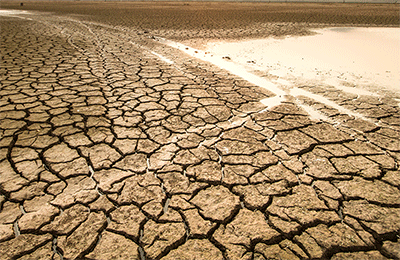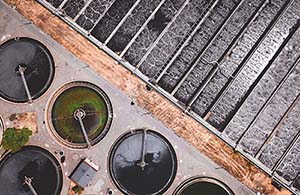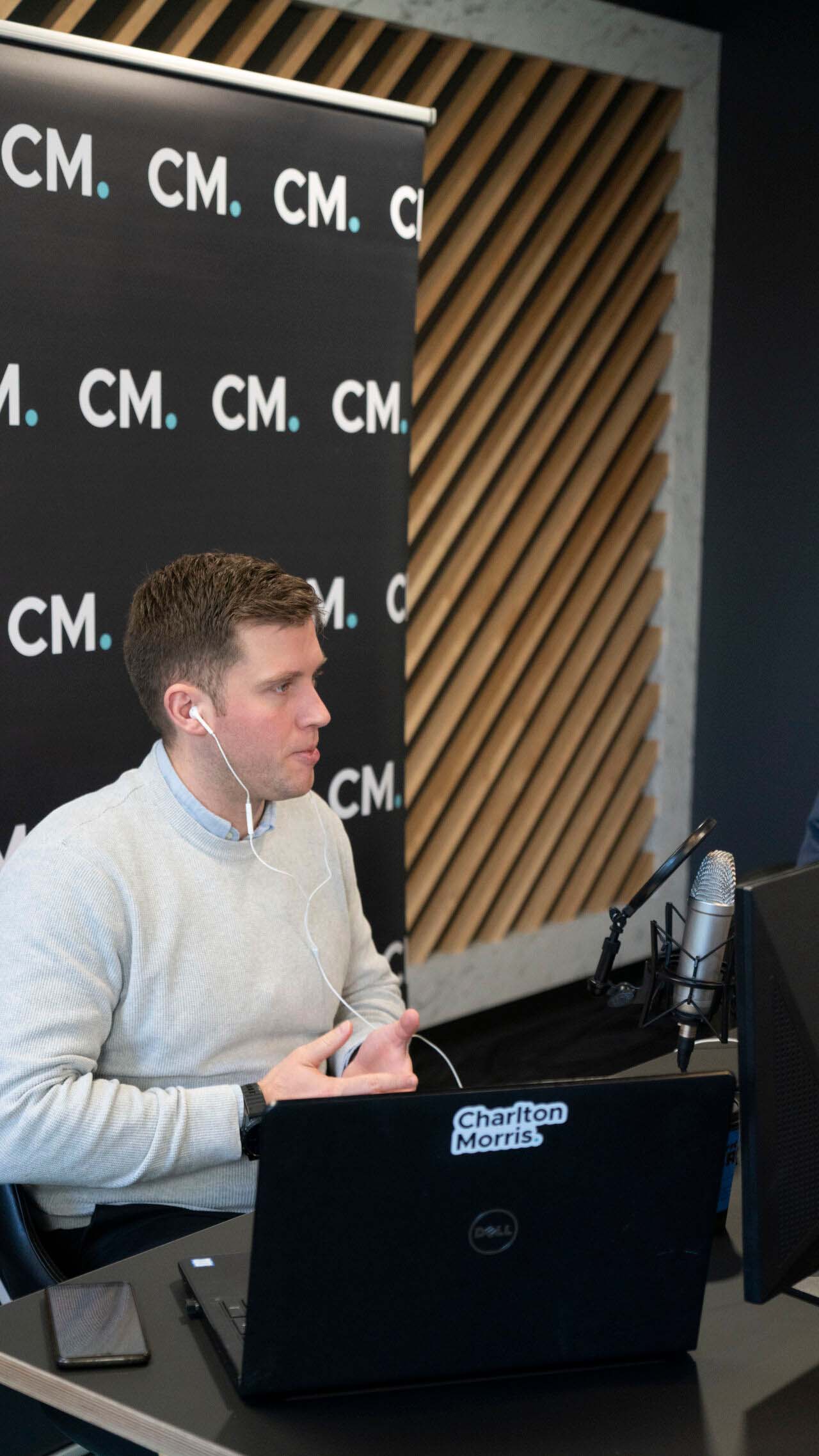

How Smart Water Technology Could Save 2 Trillion Gallons of Water a Year in the US.
In the USA, everything is done on a huge scale. Unfortunately for them, that also extends to their water scarcity issues.
Six billion gallons of water are lost a day across the U.S before reaching the consumer or intended end user. This is known as non-revenue water, or NRW. With supply decreasing due to issues such as global warming and demand increasing due to the rising population the U.S. needs to act.
It’s become increasingly evident that smart water technology could be the solution.
However, embedding smart intelligence in existing hardware and equipment is easier said than done. Before any mass implementation gets underway, there are hurdles to overcome, problems to solve and questions to answer.
Types of Water Loss & Wastage
We’ve touched on the huge volumes of NRW that are lost every day but to break that down further, NRW is usually divided into apparent and real loss.
Apparent loss refers to water that has been produced but not measured. It occurs due to failures in data and billing systems, customer meter inaccuracies and unauthorized consumption. Real loss refers to water that has been produced, but never consumed, usually because of leak or spillage.
By installing smart water monitoring technology at the various stages of the water supply chain, both losses could be decreased, seriously impacting those six billion gallons.
Another way in which water is lost is through stormwater overflow.
As the impact of climate change, we’re seeing record weather events place enormous stress on water networks, which often weren’t built to cope with the levels of water coming in.
This subsequently can lead to problems experienced by approximately 772 communities in the U.S, where wastewater and stormwater drains into the same treatment system. These can then overflow, resulting in overflows containing stormwater as well as untreated human waste, toxic substances, debris, and other pollutants.
These combined sewer overflows (CSOs) can significantly impair water quality and impact public health and wildlife. As well as being a source of water wastage, they’re also a huge contributor to water pollution.
How Can Smart Technology Help?
Smart water technology could help with both issues by giving utility companies and end users the ability to make intelligent decisions about their usage and identify issues like leaks and spills much earlier on in the process.
When it comes to the technology itself, the most effective solutions would be a mix of both soft and hardware. An opinion shared by Xylem CEO, Patrick Decker, who said:
“It’s not software versus hardware. It’s all about marrying the two together so we can derive the best insights.”
Patrick Decker, CEO, Xylem
This combination can happen through embedding hardware in the infrastructure itself to monitor during the processes, then interpreting the data that generates with analytics software. This is an approach which promises to work both for individual pieces of equipment or entire networks.
These insights can help identify and reduce water losses on clean water distribution networks and help effectively manage stormwater overflow situations
Who’s Making the Technology?
There are a lot of companies coming up with innovative solutions to help combat these problems. I’ve taken a look at how three companies of varying sizes are helping to solve the issues.
Xylem
As an industry heavyweight, Xylem have had the financial clout to make several acquisitions over the last couple of years to further its portfolio of, and become a leader in, the smart water space. Recent purchases have included Sensus, Pure Technologies and Visenti, resulting in them having an incredibly diverse product portfolio.
They’re also heavily investing in R&D, releasing products like the Flygt Concertor, a wastewater pump which integrates analytic intelligence into its own hardware.
Aclara
As a mid-sized technology company, Aclara offer some really interesting smart metering solutions. One of their most exciting products is the Zone Scan II, a market leader in the leak detection space. The device cost-effectively identities small leaks before they become major problems.
Being a smaller business than Xylem, an important part of Aclara’s strategy is to form partnerships with other businesses and complimentary technologies, leading to a more industry-wide, holistic approach.
SVP Kumi Premathilake said on this that:
“Building the infrastructure of tomorrow requires the formation of an ecosystem of partners to capture new growth opportunities, meet the industry’s evolving needs and find new ways to foster and scale innovation”.
Neptune Technology Group
Neptune Technology Group are a smaller U.S. business who have been creating some very impressive smart water solutions.
Their Neptune 360 platform is a cloud-based system that utilises existing smart meters & systems to creating a monitoring network. Like Aclara, this creates a more holistic, network-wide view rather than just looking at individual processes, pumps, or pipes.
Is the US Ready?
The necessary improvements to the utility infrastructure will require serious investment, but as the US utility sector is worth over $172 billion, financial restraints shouldn’t be too much of an issue. Added to that is the ROI that smart metering provides, as commercial and industrial meters alone could save millions of dollars for providers.
Many US utility companies report 20-30% NRW loss, meaning that the question shouldn’t necessarily be about if the US network is ready for this change and more how they will prepare. The companies and technologies I’ve mentioned will undoubtedly play a big part in that process, but watching that happen will make for fascinating viewing.
Recommended.

How do we Solve our Global Crisis of Water Scarcity?
To discuss solutions to the global water scarcity challenge I invited experts Nick Bognanno, Chandra Mysore, and Sabine Stuiver to join me on a live webinar, as part of our ‘Future of Smart Cities’ series. Click to read more.

How to Build a Smart Water Network.
There’s no disputing that the introduction of smart water networks is moving from nice-to-have to must-have to futureproof our environmentally conscious cities. I invited leaders in the space to discuss the future of smart water.

How Waterproof is Industry 4.0?
Industry 4.0 is the new industrial revolution. The digitalisation of systems to optimise production processes as a result of integrating collaborative technologies. But what does it really mean for water?

How to Build a Smart Water Network.
What impact will smart cities have on the future of the water industry? And how do we go about creating smart water networks for these cities? Click to find out from our webinar.
Comments.